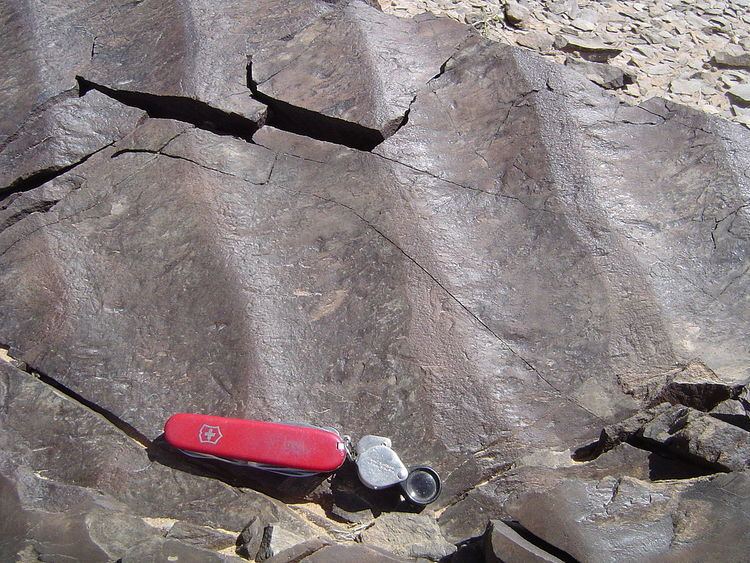 | ||
A paleocurrent or paleocurrent indicator is a geological feature (typically a sedimentary structure) that helps one determine the direction of flowing water in the geologic past. This is an invaluable tool in the reconstruction of ancient depositional environments.
Contents
There are two main types of paleocurrent indicators:
Paleocurrents are usually measured with an azimuth, or as a rake on a bedding plane, and displayed with a Rose Diagram to show the dominant direction(s) of flow. This is needed because in some depositional environments, like meandering rivers, the paleocurrent resulting from natural sinuosity has a natural variation of 180 degrees or more.
Below are a partial list of common paleocurrent indicators:
Unidirectional
Bidirectional
References
Paleocurrent Wikipedia(Text) CC BY-SA
